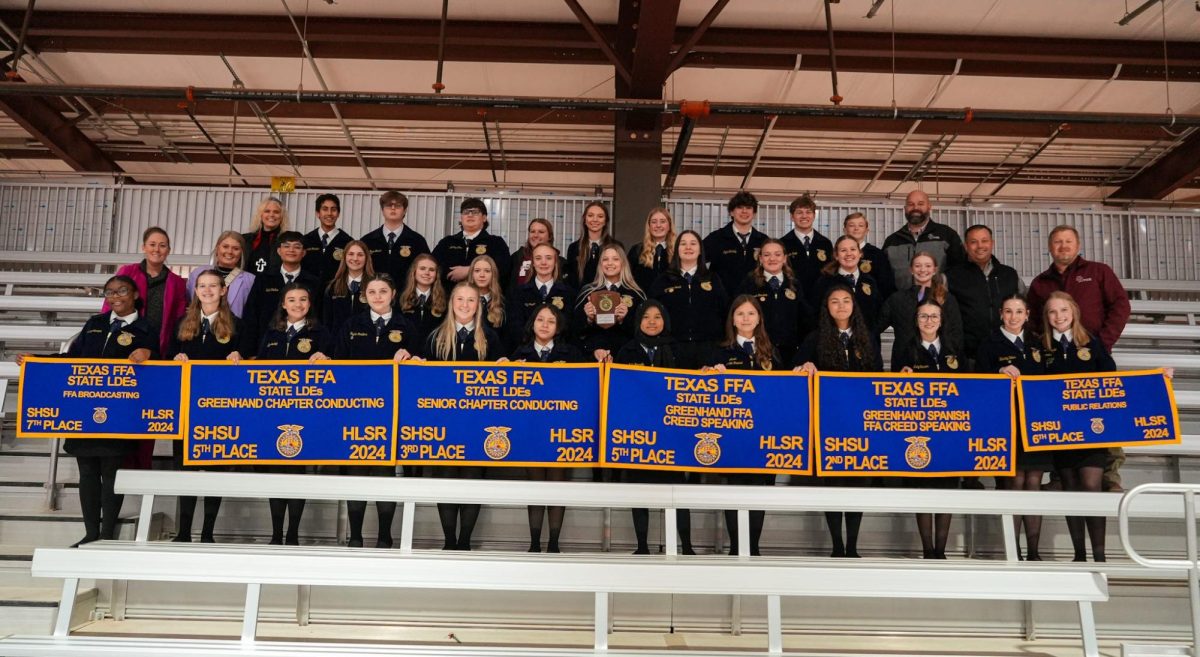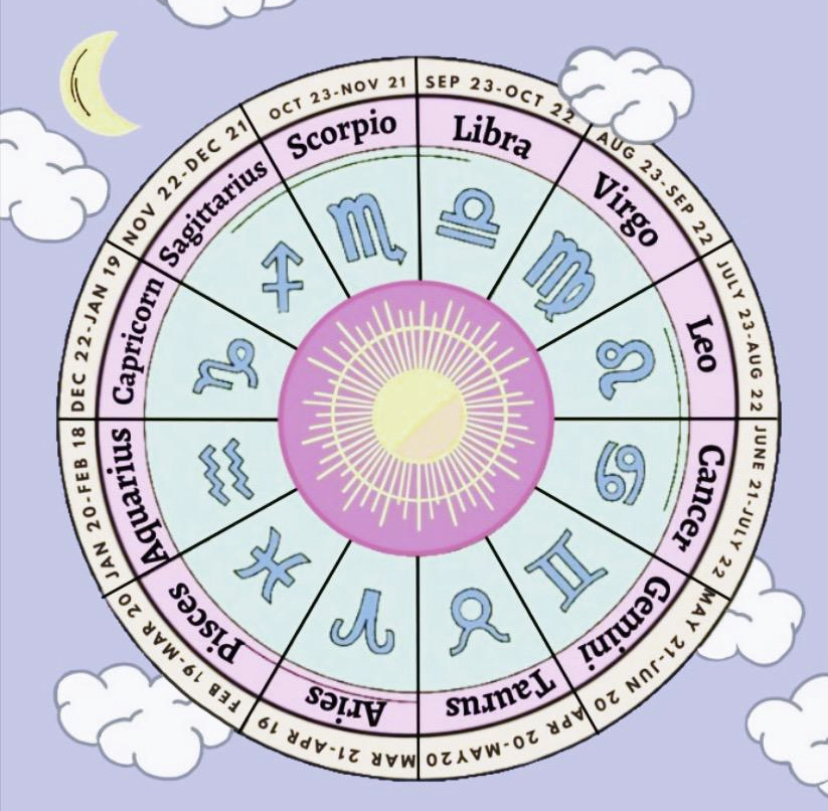Besides rubbing elbows with the vice president of nutrition for Kraft Foods; multiple National Aeronautics and Space Administration (NASA) researchers; and a professional motorcycle racer who holds the world record for the assembling the fastest electric superbike, among others, seniors called the Philippa Hack, Camilo Ruiz and Pedro de Souza “kept entertained” at the Conrad Spirit of Innovation Competition at the Innovation Summit on March 29-31.
The three students won Grand Champion at the competition summit on March 29-31, held at the NASA’s Ames Research Center at Moffett Field, California. The competition is an annual high school competition that challenges students to develop a commercial product using science, technology, engineering and math skills that will help solve a problem facing the modern world.
The prototype for the trio’s product, the SPacemaker, is a modified external pacemaker that combats muscular atrophy in astronauts by increasing the flow of oxygenated blood in the body. The trio began working on their project last fall. Their entry into the aerospace exploration category was named a finalist earlier this year.
“My step-brother, Daniel Asturias, won the Pete Conrad Spirit of Innovation Awards three years ago with his friend Isaac Harwell,” de Souza said. “He encouraged me to enter the competition, and Philippa, Camilo, and I decided to form a team. “
The project required the three to come up with the concept of the SPacemaker in addition to designing the product, creating a business plan for its “distribution”, and scientifically prove why their product works.
“Pedro was the one who came up with the original need. Atrophy in space has been a problem for a long time… after only 11 days, atrophy was setting into astronauts’ muscles,” Ruiz said. “Thinking up the way to do it is very easy but really going into the details of how it works and proving it does work is very difficult. I know Philippa had to derive some equations. Just on the side of physics we’ve had to do a lot of research.”
Physics teacher Shawn Richard acted as mentor, aiding the group when the knowledge behind the prototype reached beyond the scope of classroom education.
“[The SPacemaker] uses an electromagnet that acts as a ‘switch’ to the heart’s contraction, [minimizing] the current going through skeletal muscle, thereby reducing pain and other issues commonly associated with external pacers,” de Souza said. “It can therefore be applied to astronauts who suffer from atrophy of the heart and other muscles by increasing the flow of oxygenated blood. Our prototype, which we built with the help of Mr. Richard, shows the physics behind our concept.”
At the summit, judges based the majority of their decision on a presentation from each finalist team. Five percent of each team’s score was also based on a public vote.
“To be honest, I was somewhat nervous [before the presentation],” Ruiz said. “It was the caliber of people in the room… it also was excitement, almost. Overall, I think it went very well. I was very proud of the way we presented.”
The summit offered finalist groups the opportunity to meet with “industry leaders, intellectual property owners, and venture capitalists” in speed networking, according to the Conrad Foundation. Ruiz described the experience as “amazing”.
“It’s really surreal,” Ruiz said. “It felt like [my] heart jumped up [when results were announced. I don’t really know how to describe it… [and] the networking opportunities were absolutely incredible.”
The trio won a $5,000 grant for further development of the SPacemaker, and will finalize construction of their project with their grant and file for a patent in the coming months. (5000 grant)
“This is something we really do plan to bring to market,” Ruiz said. “We’ve invested so much time into it and we really do believe that this is something that could eventually be sold commercially. I really do believe this is a product that has great potential, and could really help NASA, especially in deep-space exploration.”
For Hack, working on the project has broadened her understanding of how to approach complex problems.
“I learned that not all questions have answers, even if you are a Google ninja,” Hack said. “If the answer was obvious, someone would have found it already. It may sound self-explanatory, but for people accustomed to knowing all a classroom lecture has to offer and expecting further issues to be neatly addressed online will find this disorienting. You have to return to childhood: your tools lie about you, and you have to see what combinations of ideas flower to produce something useful. Sometimes they fit precisely; usually they need to be forced.”
The three plan to continue development of their product through college.
”I’m proud of our project,” Hack said. “It’s like a child that through toil one rears, and cannot help but love for the pain suffered to give it life.”


